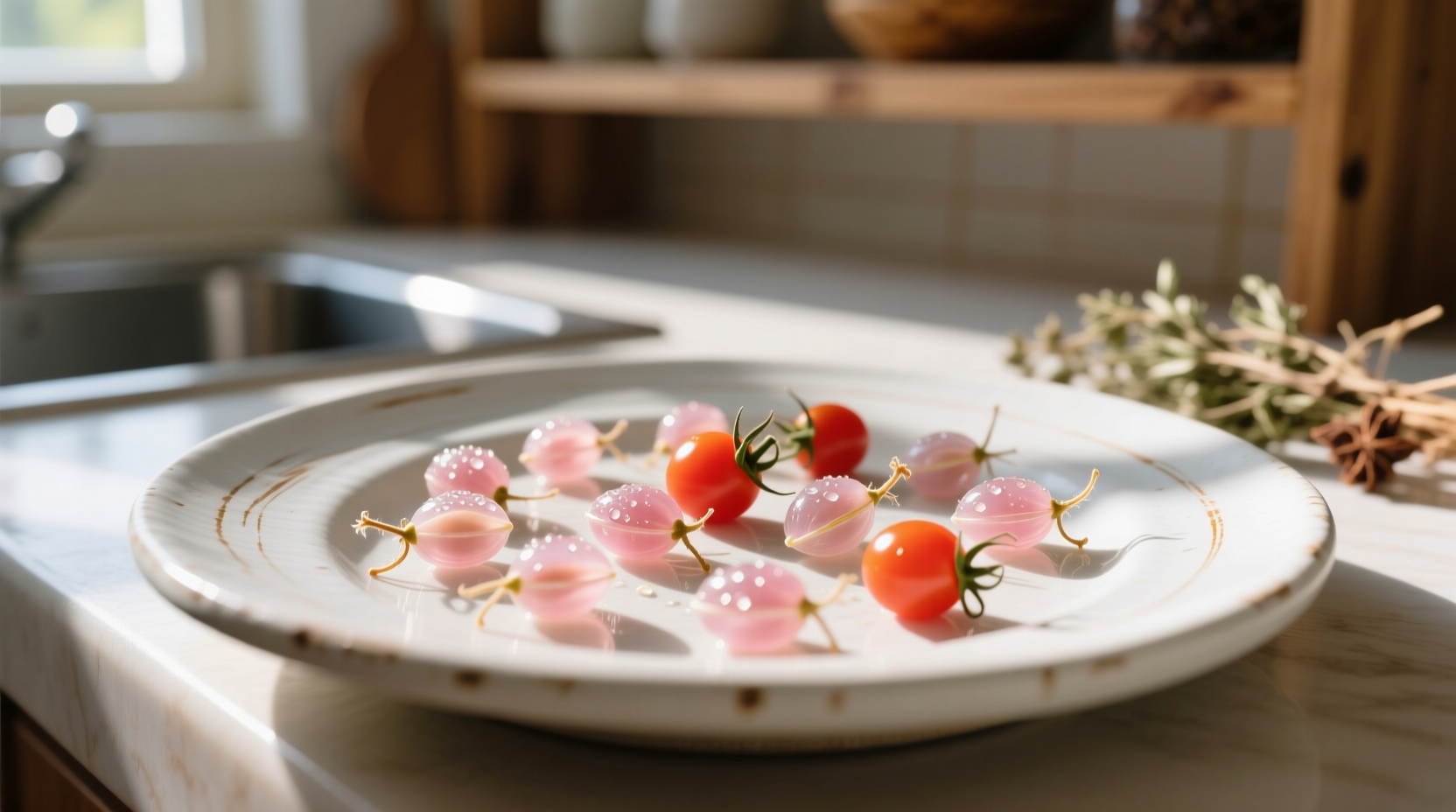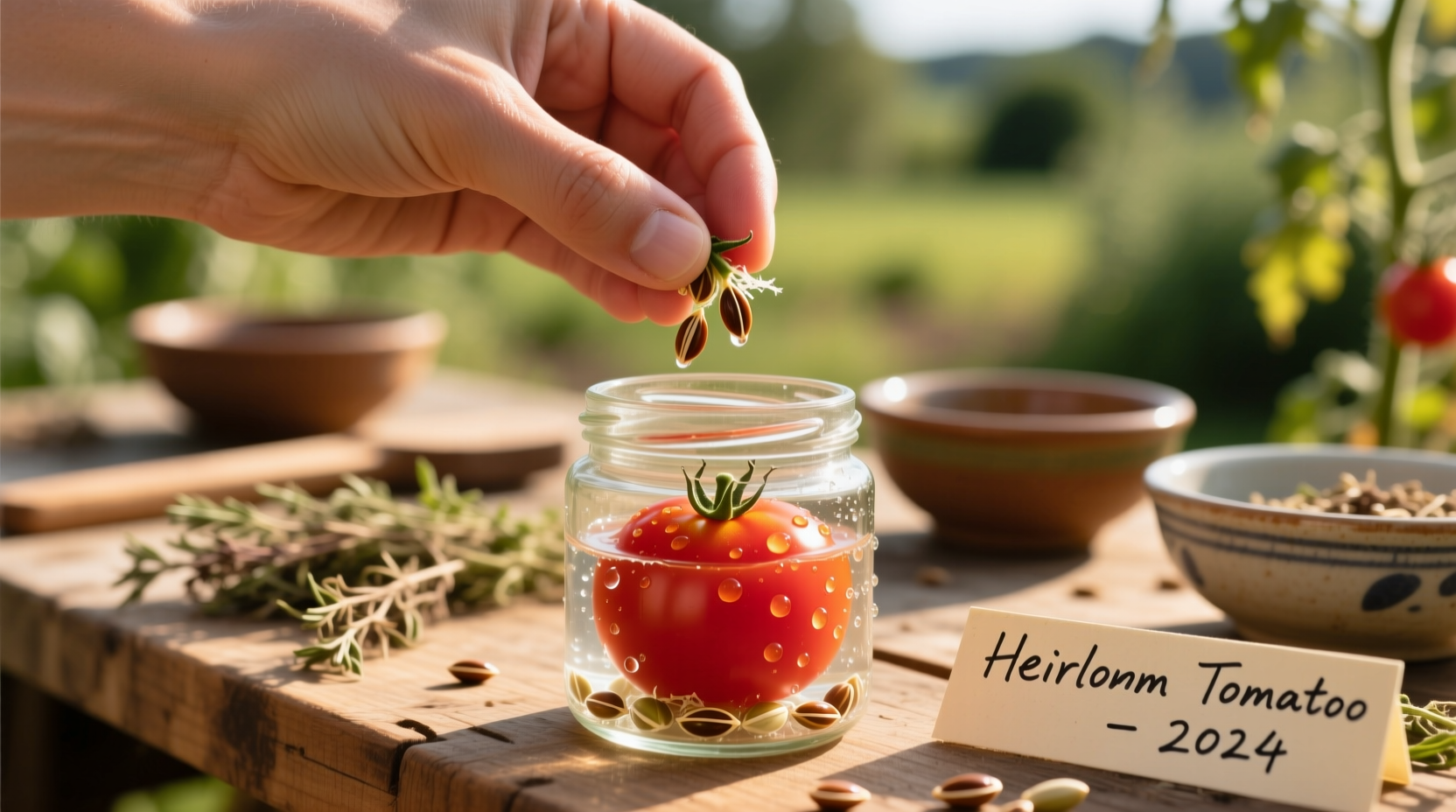Save money and preserve heirloom varieties by learning the simple fermentation method to save tomato seeds with 90%+ germination rates. Properly stored seeds remain viable for 5-10 years, ensuring your favorite tomato varieties thrive season after season.
Have you ever wondered how to capture the exact flavor of that perfect backyard tomato for next year's garden? Saving your own tomato seeds isn't just economical—it's your gateway to preserving unique heirloom varieties and building garden resilience. Whether you're growing Cherokee Purples or Mortgage Lifters, mastering seed saving connects you to centuries of gardening tradition while securing your future harvests.
Why Save Tomato Seeds?
Commercial seed packets cost $3-$5 each, adding up quickly for serious gardeners. By saving seeds from your healthiest plants, you:
- Preserve genetic diversity of heirloom varieties
- Adapt plants to your specific soil and climate conditions
- Avoid genetically modified or hybrid seeds with unreliable offspring
- Build self-sufficiency in your gardening practice
According to the University of Minnesota Extension, properly saved heirloom tomato seeds maintain 85-90% germination rates for 5-10 years when stored correctly—significantly outperforming commercial packets that often decline after 2-3 years.
Which Tomatoes Work Best for Seed Saving
Not all tomatoes are equal when saving seeds. Understanding the difference between varieties prevents disappointment:
| Variety Type | Seed Saving Success | Notes |
|---|---|---|
| Heirloom/Open-Pollinated | Excellent (95%+) | Produces true-to-type plants; ideal for seed saving |
| Hybrid (F1) | Poor (unpredictable) | Offspring vary widely; not recommended for saving |
| Beefsteak Types | Good | Larger seeds with higher viability rates |
| Cherry Tomatoes | Fair | Smaller seeds require careful handling during processing |
Focus on heirloom varieties like Brandywine, Black Krim, or Green Zebra for reliable results. The Seed Savers Exchange confirms that hybrid tomatoes (labeled F1) produce inconsistent offspring, making them poor candidates for seed saving.
Step-by-Step: The Fermentation Method (Best Results)
The fermentation process mimics natural decomposition, removing germination-inhibiting compounds while eliminating diseases. Here's how professional gardeners do it:
- Harvest at peak ripeness: Select fully ripe, disease-free tomatoes from your healthiest plants
- Scoop seeds and pulp: Cut tomatoes horizontally and squeeze contents into a glass container
- Add water: Mix with equal parts water (1:1 ratio)
- Ferment 3-5 days: Store at room temperature away from direct sunlight
- Monitor daily: Stir mixture each morning; viable seeds sink while mold forms on top
- Wash thoroughly: Once bubbling stops, rinse seeds until water runs clear
- Dry properly: Spread on glass or ceramic plate (never paper) for 5-7 days

During fermentation, the Oregon State University Extension recommends watching for the formation of a white mold layer—which indicates successful fermentation. This critical step destroys seed-borne diseases like Alternaria that could infect next year's crop.
Avoid These Common Seed Saving Mistakes
Even experienced gardeners make these critical errors that compromise seed viability:
- Drying on paper towels: Seeds stick and tear delicate embryos during removal
- Insufficient fermentation: Skipping this step reduces germination rates by 30-40%
- Moisture during storage: Even 5% humidity triggers premature germination in jars
- Mixing varieties: Maintain 10-15 foot separation between different tomato types
The University of Florida Gardening Solutions emphasizes that proper drying requires 5-7 days in low-humidity conditions. Seeds are ready for storage when they break cleanly rather than bend.
Long-Term Storage: Keeping Seeds Viable for Years
Follow these professional storage techniques to maximize longevity:
- Store in airtight glass containers with silica gel packets
- Maintain temperature below 40°F (4°C) and humidity under 20%
- Label with variety name, date, and parent plant characteristics
- Test germination annually using the paper towel method
Research from the USDA National Plant Germplasm System shows that seeds stored at 0°F (-18°C) with 5% moisture content maintain 80% viability after 10 years—compared to just 2 years at room temperature.
Testing Your Saved Seeds
Before planting your saved seeds, verify viability with this simple test:
- Place 10 seeds between damp paper towels
- Roll gently and place in sealed plastic bag
- Store at 70-80°F (21-27°C) for 7-10 days
- Count sprouted seeds to calculate germination percentage
A 70%+ germination rate indicates excellent seed quality. Below 50% suggests you should plant more densely or refresh your seed stock.
When NOT to Save Tomato Seeds
Understanding these limitations prevents wasted effort:
- Hybrid varieties: F1 hybrids produce unpredictable offspring
- Diseased plants: Save seeds only from healthy specimens
- Cross-pollinated plants: If you grew multiple varieties without isolation
- Store-bought tomatoes: Most commercial varieties are hybrids unsuitable for saving
The Cornell University Home Gardening guide specifically warns against saving seeds from plants showing any signs of fungal or bacterial diseases, as these pathogens can survive on seeds through storage.











 浙公网安备
33010002000092号
浙公网安备
33010002000092号 浙B2-20120091-4
浙B2-20120091-4